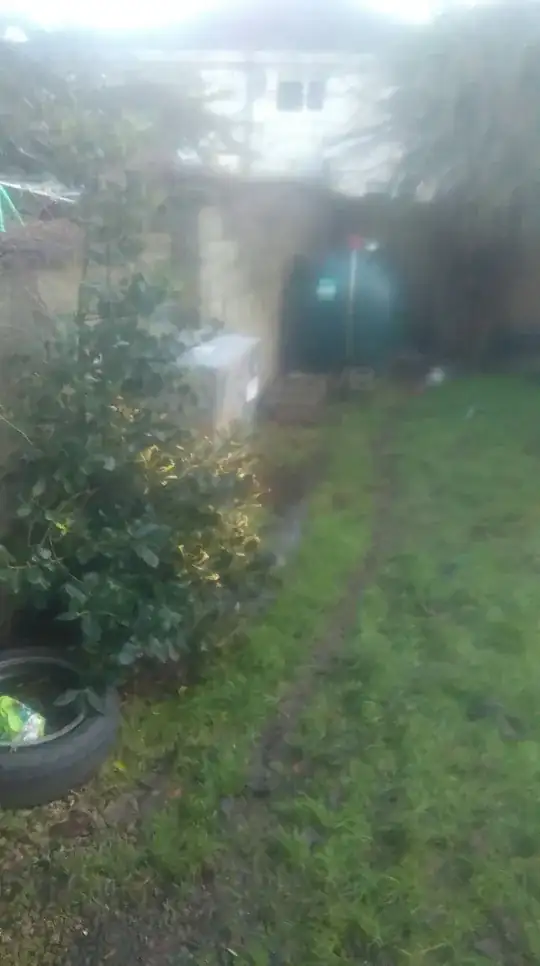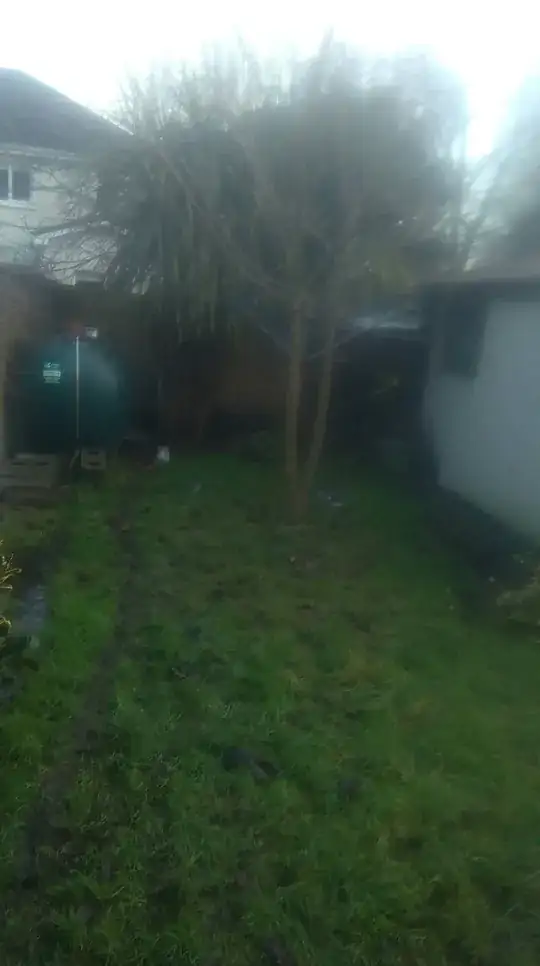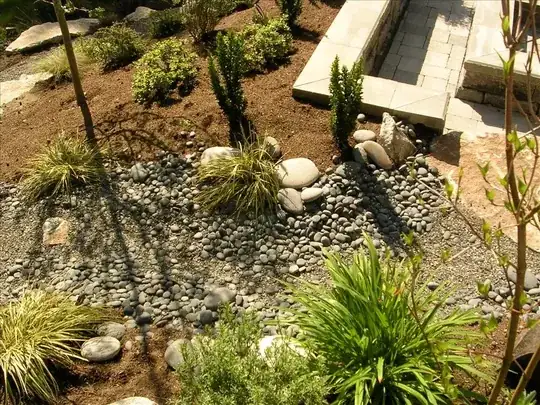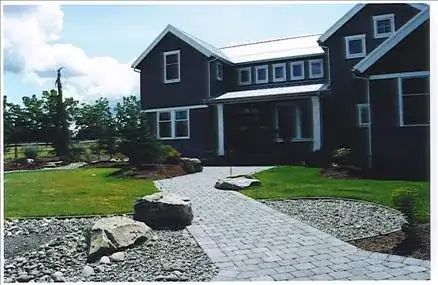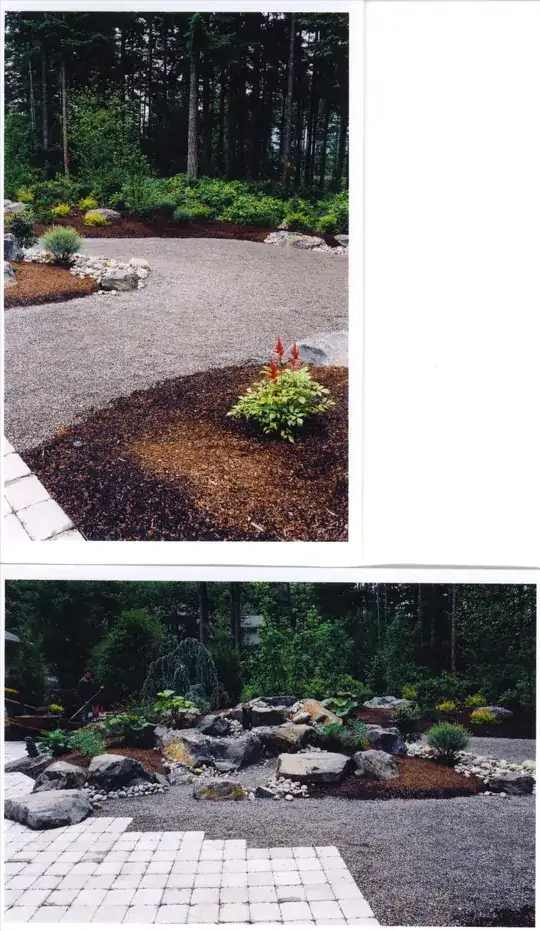There are different reasons why your ground could be so wet, I don't know the situation in Ireland, but here in the Netherlands we can have boggy ground as well.
Different reasons are:
- High percentage of clay, or fine sand
- Hard layer because of not maintaining the soil properly
- Natural hard layer to prevent drainage of water
- Ground water level
It depends on the cause to find the right solution.
If it is clay ground you have that is causing the problem, one easy way to deal with it is to add organic matter to your soil. This will soak up water.
If your soil is not tended for a while, you can dig or plough the soil.
For the third reason, you'll need to make vertical drainage holes that reach the ground water level, and fill these holes with something that will drain well (shells, lava rocks, etc.).
The last reason (ground water level), is not something to easily change, unless you want to build dykes, just as we do in the Netherlands...
So the easiest solution in my opinion is to add organic matter to the soil, in order to soak up much of the water in the soil. For organic matter, think of compost or peat.
